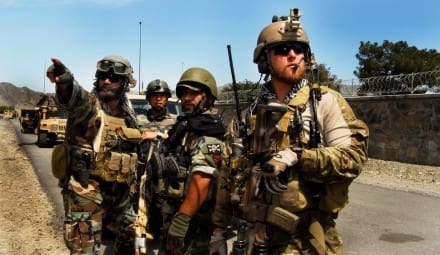Archive for the ‘Forces Focus’ Category
Forces Focus – Philippine Army MFF
Wednesday, December 19th, 2012Forces Focus – SOBR (Police Special Squad of Russia)
Saturday, December 8th, 2012Combat Shop RU produced this video featuring the SOBR (Police Special Squad of Russia).
Forces Focus – Norwegian Marinejeger Kommandoen
Friday, November 23rd, 2012
NRA Life of Duty – Frontlines: Colombia
Thursday, October 25th, 2012Brownells and FNH USA have teamed up to bring you a brand new episode from NRA Life of Duty’s “Frontlines”. This episode goes to Colombia to cover the annual “Fuerzas Commando” – a SOF competition that measures strength, skills and stamina among 30 different special forces teams from around the globe.
Forces Focus – 17th ASOS
Saturday, September 29th, 2012This video is a great montage of the life of a JTAC assigned to the 720th Special Tactics Group’s only Air Support Operations Squadron, the 17th ASOS.
The Smoke Jumper’s Toolkit
Thursday, August 30th, 2012
MARSOC – Today Will Be Different
Thursday, August 16th, 2012

















































































































